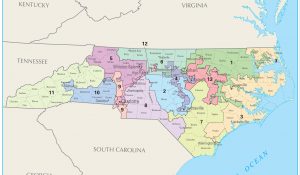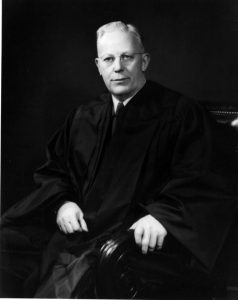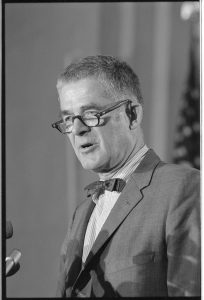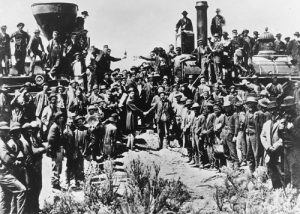
The Supreme Court struck down gerrymandering in districts 1 & 12 (USGS)
The Supreme Court ruled today in Cooper v. Harris that North Carolina violated the Equal Protection Clause of the 14th Amendment when it redrew two congressional districts based largely on race. In a 5-3 decision (Justice Neil Gorsuch was not on the Court when the case was argued), the Court ruled that the Republican-controlled state legislature had weighed race too heavily in redrawing district lines. North Carolina had argued that the new lines were drawn for partisan advantage, or meant to favor Republicans (which the Court has ruled is allowed), and not based on race. In the majority opinion, Justice Elena Kagan disagreed, writing, “the sorting of voters on the grounds of their race remains suspect even if race is meant to function as a proxy for other (including political) characteristics.”
Learn more about the history of racially-based gerrymandering in our film One Person, One Vote.




